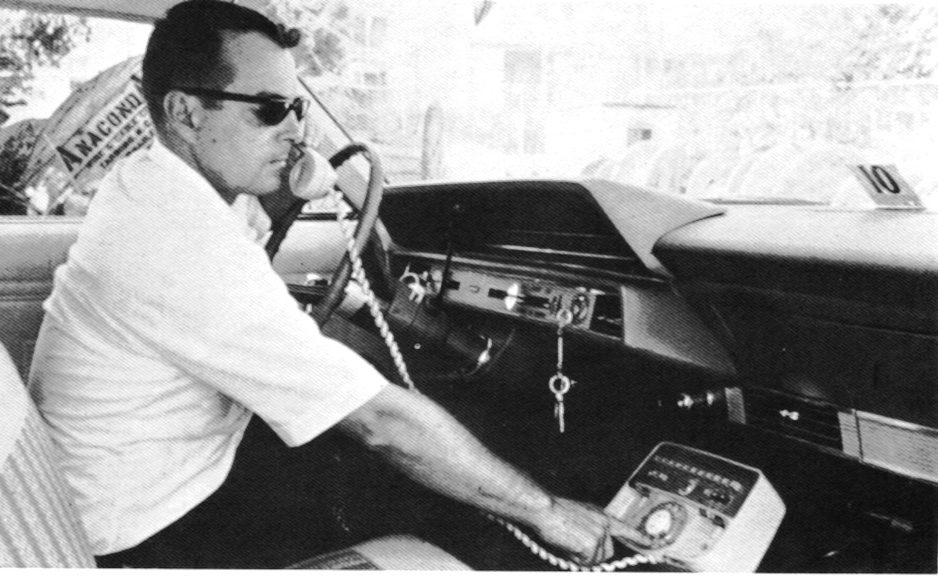Key to making driverless cars a going concern is enabling them to communicate with other vehicles, to receive constant updates, to have maps redrawn in real time. That conversation won’t only be amongst vehicles, however. It will involve all manner of smartphones and sensors and more, utilizing an Internet of Things approach in advance of a truly dense IoT.
In a Detroit News article by Neil Winton, Delphi Automotive executive Jeff Owens believes we may see fleets of driverless taxis popping up in municipalities within five years. Well, who knows? It wouldn’t stun me if someone tried it in that span, though there’ll still be lots of work to do. He touches on the connectivity issue. An excerpt:
Automotive manufacturers have made great strides in automating almost all functions, but it’s the final 5 percent which might be the hardest hurdle to jump. A self-driving car would be able to handle all kinds of physical decisions for braking, steering and avoiding other cars, but how would it handle a situation where a legal decision was required? …
“At the end of the day, technology won’t be the inhibitor, it will be the legal framework,” he said.
Owens said vehicle connectivity which allows cars to talk to each other and share data is building up ahead of full autonomy to improve safety and avoid accidents.
“Vehicle control algorithms will be ready to take on all kinds of problems including that cyclist example. Already cars like the Mercedes S class (its top-of-the-range sedan) and the Audi Q7 (SUV, and the Tesla Model S) allow you to set the auto pilot on the highway which allows hands-off driving. The driver will still be keeping watch, but it helps for a relaxed experience,” Owens said.
“Connectivity used to be just entertainment, now it’s vehicle-to-everything — literally really connected to everything like the infrastructure and providing cloud-based information that will help a safe journey,” he said.•
Tags: Neil Winton

